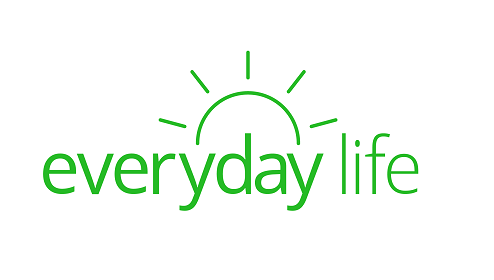A comprehensive life insurance policy provides beneficiaries with funds that can be used for funeral expenses, college tuition, lost household income, outstanding medical bills, and almost anything else.
Listing the right people as your life insurance policy’s beneficiaries is important in securing your family’s financial protection. For example, if you are married, you’ll want to list your spouse as the beneficiary so they can maintain their standard of living and replace your lost income.
How life insurance beneficiaries designations work
Beneficiary designations can be primary or contingent.
- A primary beneficiary receives the proceeds if they’re alive.
- A contingent beneficiary receives the proceeds if the primary beneficiary has already passed when the policyowner passes.
Beneficiaries are also generally revocable — which means the policyowner can change the beneficiary designation at any time. But, if you list someone as an irrevocable beneficiary, the designation cannot be changed without the beneficiary’s consent. In some states, the life insurance company has to notify an irrevocable beneficiary if the policy has been canceled.
Andy Bucklee, senior vice president and head of Life & Executive Benefits Distribution for Lincoln Financial Group, suggests reviewing your beneficiaries on your policy annually and updating the information as needed.
“Doing so will help ensure the policy benefits go to whom you intended, especially considering that your will doesn’t control who gets your death benefit,” Bucklee says.
Who you should name as your life insurance beneficiary
The policyowner is the only person who can add or change beneficiaries. Beneficiaries can be:
- A spouse: Most people list their spouse as their beneficiary. In states with community property laws, it is required — unless the spouse gives consent for someone else to be listed.
- Family members: You may want to name other family members as contingent beneficiaries in case your spouse cannot accept the death benefit.
- Business partners: If your death will severely impact the business, you may consider getting a policy to cover those costs.
- Charities: If you’d like to use your life insurance policy to make a charitable donation, you can list a charity as the beneficiary.
- A trust: If you have a large estate, you may list a trust as your life insurance beneficiary to prevent it from being subject to estate taxes. This option makes the most sense for people with a high net worth.
It’s also important to tell your beneficiaries that they can claim life insurance money when you die — sometimes, the policyowner doesn’t tell the beneficiary about the life insurance and they never claim the policy’s death benefit.
In 2018, there was $10 billion of life death benefits unclaimed by beneficiaries in California alone, according to California’s insurance commissioner.
How the death benefit is paid to beneficiaries
The death benefit can be paid in two different ways:
- As a lump sum: The insurance company pays out the entire death benefit at once.
- In an annuity: The insurance company pays out the entire death benefit in installments.
Most people choose to receive the death benefit as a lump sum. The beneficiaries will need to provide their Social Security number to get the money, and will then receive a check for the amount they are owed.
How to change a beneficiary on a life insurance policy
You should review your life insurance policy and update your beneficiary designation with every major life event, such as:
- The death of a family member
- Divorce
- Birth of a child
- Marriage
You can usually change the beneficiary on your life insurance policy online or by mailing the forms over to your insurer.
To change your beneficiary, you’ll need to know the following:
- The policy number
- Their Social Security Number
- Contact information for each beneficiary
If your beneficiary is irrevocable, they have to give their consent to the change by signing the form.
When beneficiaries won’t get the death benefit
Insurers rarely reject death benefit claims, but it can happen if the policyholder lied during the application process or if they were murdered and there is still an ongoing investigation.
Additionally, there are instances where the death benefit payout may be delayed. For example, if you named your children as your beneficiaries, the death benefit may be tied up in court for years because insurance companies will not pay minor children.
Instead, list your child’s legal guardian as the beneficiary or set up a trust.
“This can help avoid many of the legal restrictions imposed on distributions and is a much safer way to provide financial security for [your children],” Bucklee says.










